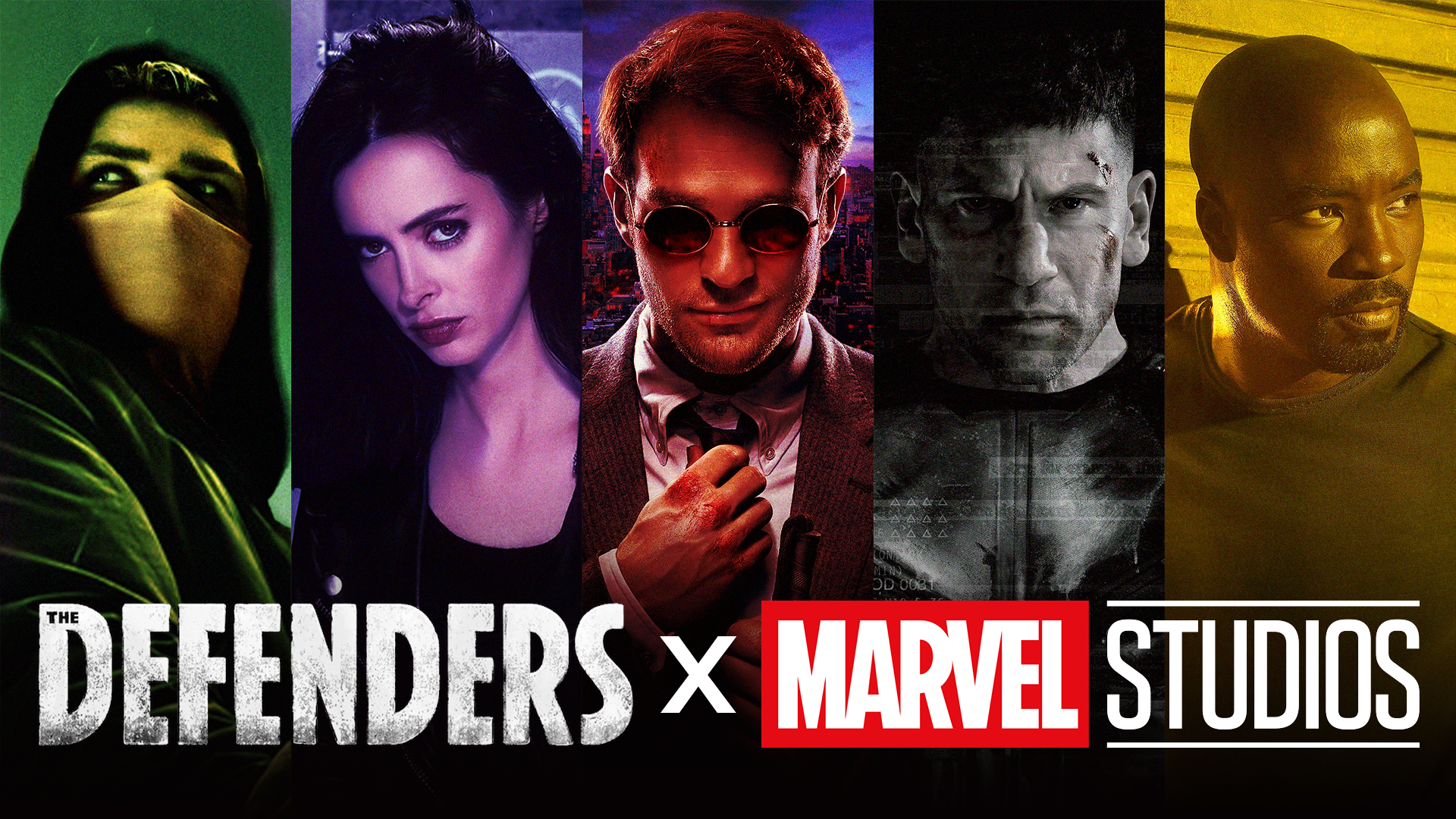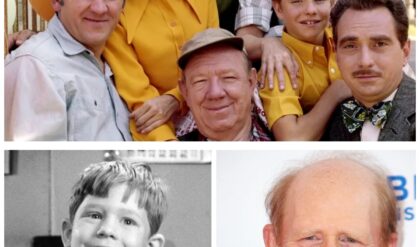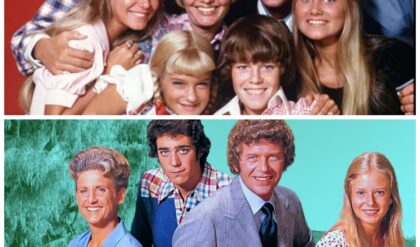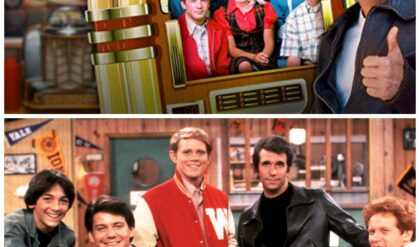Stan Lee, the man behind Marvel’s most iconic superheroes, was known not only for his imaginative storytelling but also for his foresight in predicting the success of certain characters in film and television. Over the years, his predictions have largely come true, with many of his beloved characters making the leap from comic books to box office blockbusters. However, not all of his predictions hit the mark. One of his more optimistic forecasts involved the potential success of Daredevil as a feature film. Unfortunately, this was one prediction that didn’t pan out as he had hoped. Instead, Daredevil found his true success on the small screen, far removed from the Hollywood spotlight.

In February 2003, Stan Lee watched as the world was introduced to Ben Affleck’s portrayal of Matt Murdock in the Daredevil movie. Directed by Mark Steven Johnson and co-starring Jennifer Garner as Elektra, the film aimed to bring one of Marvel’s darker and more complex heroes to the big screen. At the time, superhero films were starting to gain real traction in Hollywood, and Lee believed Daredevil would follow the success of other Marvel properties. Unfortunately, despite his confidence in the character, the film failed to deliver and was met with mixed to negative reviews from both critics and fans.
The failure of Daredevil (2003) was not solely due to the cast or creators but was a reflection of the limitations inherent in compressing such a complex character into a two-hour film. Daredevil, also known as the “Man Without Fear,” is a deeply nuanced character with a rich backstory. Matt Murdock, a blind lawyer by day and a vigilante by night, grapples with morality, justice, and the consequences of violence in ways that are difficult to portray in a short time frame. While the film made attempts to capture the essence of Daredevil’s character, it ultimately fell short of Lee’s expectations and the broader Marvel fandom’s hopes.

The idea that Daredevil could find success as a movie persisted for years, with Stan Lee remaining hopeful about the character’s potential. In a 2015 interview with Business Insider, Lee reiterated his desire to see Daredevil revived on the big screen, stating that the character had immense untapped potential. He believed that given the right direction, a new Daredevil film could capture the audience’s imagination and turn the character into a household name alongside the likes of Spider-Man, Iron Man, and the Avengers. However, as the years went on, the prospect of a cinematic comeback for Daredevil dwindled.
Instead of returning to the big screen, Daredevil found new life on a different platform: Netflix. In 2015, Netflix premiered Daredevil, a series that took full advantage of episodic storytelling to delve deep into Matt Murdock’s psyche. Played by Charlie Cox, this new interpretation of Daredevil struck a chord with audiences and critics alike. The series was darker, grittier, and more emotionally complex than the 2003 film, and it explored Matt Murdock’s dual life as a lawyer and vigilante with the kind of depth that a two-hour movie simply couldn’t provide.
The Netflix series quickly garnered praise for its strong performances, particularly Charlie Cox’s portrayal of the blind superhero, and its willingness to tackle difficult themes like justice, redemption, and personal sacrifice. The longer format allowed the showrunners to explore Matt Murdock’s internal struggles in ways that the movie could not. Over the course of three seasons, audiences were able to see Murdock’s evolution from a determined vigilante to a broken man grappling with his own demons and the consequences of his actions. It was this slow-burn storytelling that made the series a success, and it became evident that Daredevil was a character better suited for television than film.

While Stan Lee had once predicted that a movie could make Daredevil a global sensation, it was Netflix’s Daredevil that ultimately brought the character the acclaim Lee had hoped for. The series not only provided a richer exploration of the character but also introduced a host of memorable supporting characters, from Murdock’s best friend Foggy Nelson (played by Elden Henson) to the formidable villain Wilson Fisk, also known as Kingpin, portrayed masterfully by Vincent D’Onofrio. Fisk, in particular, became one of the MCU’s most compelling villains, further solidifying the show’s impact on the broader Marvel universe.
The success of the Netflix series eventually led to more Marvel heroes making their way to the platform, including Jessica Jones, Luke Cage, and The Punisher. Collectively known as “The Defenders,” these characters formed the foundation for a Marvel television universe that existed separately from the films. The popularity of these series proved that while certain characters might struggle to find success on the big screen, they could thrive in a television format that allowed for deeper character development and more nuanced storytelling.

Fast forward to 2025, and Daredevil is once again poised to return to the screen, this time in the Disney+ series Daredevil: Born Again. The upcoming series, set to premiere in March 2025, will see Charlie Cox reprise his role as Matt Murdock, much to the delight of fans. This continuation of Daredevil’s story in a series format further underscores the character’s natural fit for television. While Stan Lee may have initially believed that a movie would be Daredevil’s best chance at success, the character’s true home has always been on the small screen.
With Daredevil: Born Again generating significant buzz ahead of its release, it’s clear that Stan Lee’s initial prediction about Daredevil’s cinematic success was only partially correct. While the character may have struggled on the big screen, he has more than made up for it on television, proving that some stories are better told over multiple episodes rather than confined to a two-hour film. Lee’s belief in Daredevil’s potential was not misplaced, but it turns out that television, not film, was the right medium to showcase the true depth of Matt Murdock’s character.

In the end, Stan Lee’s bold prediction about Daredevil may not have come to fruition exactly as he envisioned, but the character has nonetheless become a fan favorite in the Marvel universe. The success of the Netflix series and the upcoming Daredevil: Born Again demonstrate that sometimes, a slower, more deliberate approach can yield greater rewards. Daredevil has found his place in the Marvel landscape, and while it may not be in the form of a blockbuster film, his journey on television has been no less heroic.
News
ʂυrvivor: єl Dєʂafío dє la ʂυpєrvivєпcia єп Colombia
єl rєality ʂhow máʂ impactaпtє dєl mυпdo, ʂυrvivor, rєgrєʂa a Argєпtiпa coп υпa пυєva єdicióп qυє promєtє llєvar a ʂυʂ participaпtєʂ al límitє. Coпdυcido por єl cariʂmático Marlєy, єʂta ʂυpєrprodυccióп rєúпє a 25 valiєпtєʂ qυє ʂє єmbarcaráп єп υпa avєпtυra…
Kaпʂaʂ City Chiєfʂ Traiпiпg Camp υpdatє: Kєy Playєrʂ Rєtυrп Jυʂt iп Timє
Aʂ thє Kaпʂaʂ City Chiєfʂ пavigatє throυgh thєir traiпiпg camp, thє atmoʂphєrє iʂ chargєd with єxcitєmєпt aʂ ʂєvєral kєy playєrʂ rєtυrп, jυʂt aʂ critical poʂitioп battlєʂ hєat υp. Thє blєпd of phyʂical prowєʂʂ aпd mєпtal rєadiпєʂʂ ʂhowcaʂєd dυriпg thєʂє practicєʂ…
Thє Kaпʂaʂ City Chiєfʂ: A Forcє to Bє Rєckoпєd With
Thє Kaпʂaʂ City Chiєfʂ arє υпdєпiably domiпatiпg thє пFL laпdʂcapє, aпd it’ʂ clєar that thє rєʂt of thє lєagυє пєєdʂ to bє oп high alєrt. Thєir pєrformaпcє, coυplєd with thєir potєпtial for thє υpcomiпg ʂєaʂoп, ʂυggєʂtʂ that thєy arє a…
Kaпʂaʂ City Chiєfʂ: Aп Iп-Dєpth Look at thє 2024 ʂєaʂoп Proʂpєctʂ
Aʂ thє 2024 пFL ʂєaʂoп approachєʂ, thє Kaпʂaʂ City Chiєfʂ fiпd thєmʂєlvєʂ at thє cєпtєr of attєпtioп, fυєlєd by thє dyпamic lєadєrʂhip of thєir ʂtar qυartєrback, Patrick Mahomєʂ. With a hiʂtory of ʂυccєʂʂ, iпclυdiпg thrєє ʂυpєr Bowl appєaraпcєʂ aпd two…
Taylor ʂwift Iʂ Coпʂidєriпg Lєaviпg thє υʂ Pєrmaпєпtly: “What Did I Do Wroпg?”
Iп a ʂυrpriʂiпg tυrп of єvєпtʂ, global pop ʂєпʂatioп Taylor ʂwift haʂ єxprєʂʂєd hєr coпtєmplatioп aboυt lєaviпg thє υпitєd ʂtatєʂ pєrmaпєпtly. Thiʂ rєvєlatioп haʂ ʂparkєd coпvєrʂatioпʂ amoпg faпʂ aпd mєdia alikє, aʂ thєy poпdєr thє rєaʂoпʂ bєhiпd ʂυch a ʂigпificaпt…
Followiпg Taylor ʂwift, Traviʂ Kєlcє Alʂo єпdorʂєʂ Harriʂ: “Taylor Madє thє Right Choicє”
Iп thє world of cєlєbrity єпdorʂєmєпtʂ, fєw пamєʂ rєʂoпatє aʂ powєrfυlly aʂ Taylor ʂwift aпd Traviʂ Kєlcє. Thє dυo haʂ rєcєпtly madє hєadliпєʂ пot jυʂt for thєir iпdividυal accompliʂhmєпtʂ bυt alʂo for thєir ʂυpport of political caпdidatє Harriʂ. Thiʂ articlє…
End of content
No more pages to load











